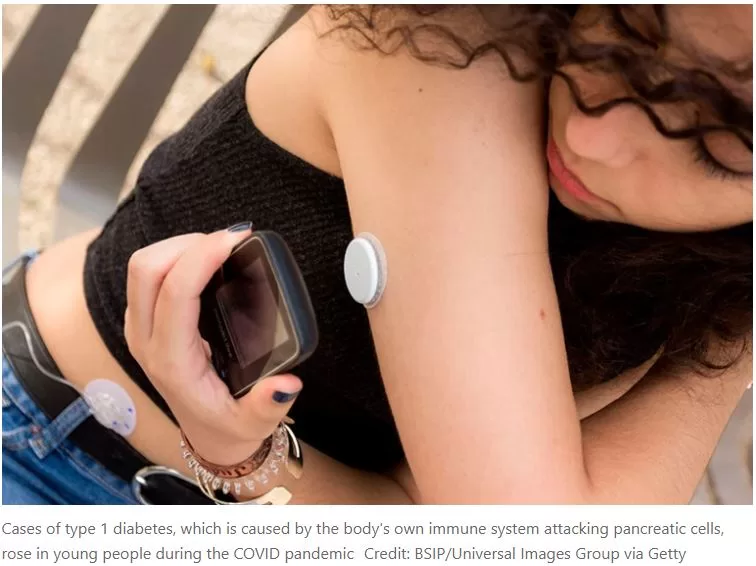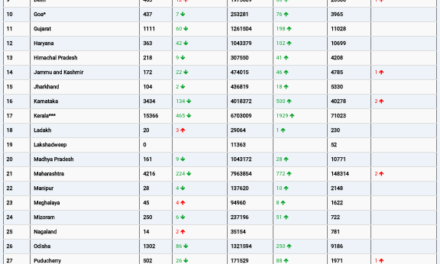The U.S. Food and Drug Administration (FDA) recently granted over-the-counter (OTC) clearance for two continuous glucose monitors (CGMs), Dexcom’s Stelo and Abbott’s Lingo, igniting debate over expanding CGM use to those without diabetes or prediabetes. While the devices may have potential benefits for the general population, medical experts remain divided on the issue.
CGMs track glucose levels throughout the day, offering immediate feedback. For people without diabetes, the devices may provide insights into diet, exercise, and blood sugar patterns, potentially promoting healthier lifestyles. “Glucose levels fluctuate in everyone in response to meals, exercise, stress, etc., but there has been no credible research to support CGM use by most people who do not have diabetes,” said Dr. Jill Crandall, chief of endocrinology at Albert Einstein College of Medicine. Crandall emphasized that CGM usage should prioritize those who need glucose control support, such as patients with diabetes, particularly those managing insulin therapy.
Dr. Nicole Spartano, an endocrinology researcher at Boston University, agreed that CGMs might eventually offer helpful data for non-diabetic populations, but existing research falls short. “We simply do not have enough follow-up data to tell us which CGM metrics are associated with higher risk for disease,” said Spartano, who is currently studying CGM metrics in people without diabetes.
Supporters argue that CGMs can offer real-time data that encourages behavioral change. Dr. Satish Garg from the Barbara Davis Center for Diabetes sees CGMs as tools that provide “a natural behavioral change” by showing users how their bodies react to food choices, potentially discouraging high-sugar foods after meals.
Dr. Shichun Bao of Vanderbilt University also pointed out the potential for CGMs to alert users to unexpected high glucose levels, prompting early detection of prediabetes or diabetes. But she warned of the complexity in interpreting these devices and the potential for misleading data if not used carefully.
Dr. Douglas Paauw of the University of Washington said he sees value in short-term CGM use for people without diabetes, especially for those interested in exploring their body’s response to diet and exercise. But Paauw advised that using CGMs long-term may be unnecessary and costly for the average person.
While CGMs might offer benefits, they also come with limitations. False alarms, potential inaccuracies, and interference from vitamins and medications can skew results, making interpretation tricky without proper guidance, said Bao.
Medical professionals also raised concerns about psychological impacts, particularly in individuals prone to health anxiety. “The bottom line is that it’s a tool for a balanced approach to health management, but the daily results must be kept in perspective,” said Dr. William Golden of Arkansas Medicaid, cautioning that some users might develop unhealthy fixations on their glucose readings.
To help non-diabetic users gain insights without confusion, many experts believe primary care providers should be trained on CGM interpretation. This would reduce unnecessary strain on endocrinologists, whose time is already in high demand. Garg stressed that manufacturers should support this training for primary care physicians who will likely be fielding questions from the influx of new CGM users.
Ultimately, as CGMs become more accessible, balancing their potential health benefits with responsible, informed usage will be essential. With more research and education, the role of CGMs may expand to serve not only those managing diabetes but potentially a broader audience looking to improve health and wellness.












